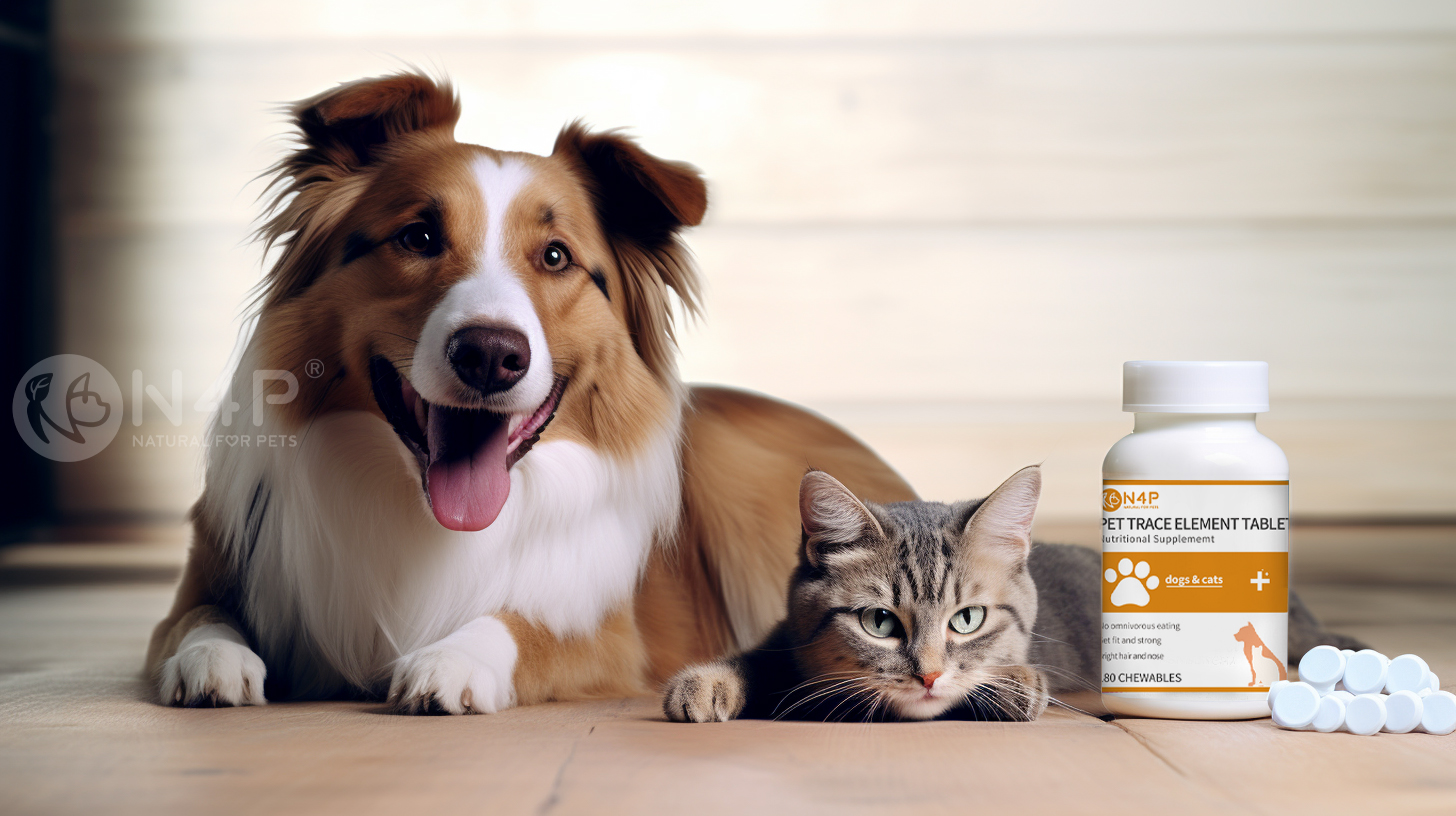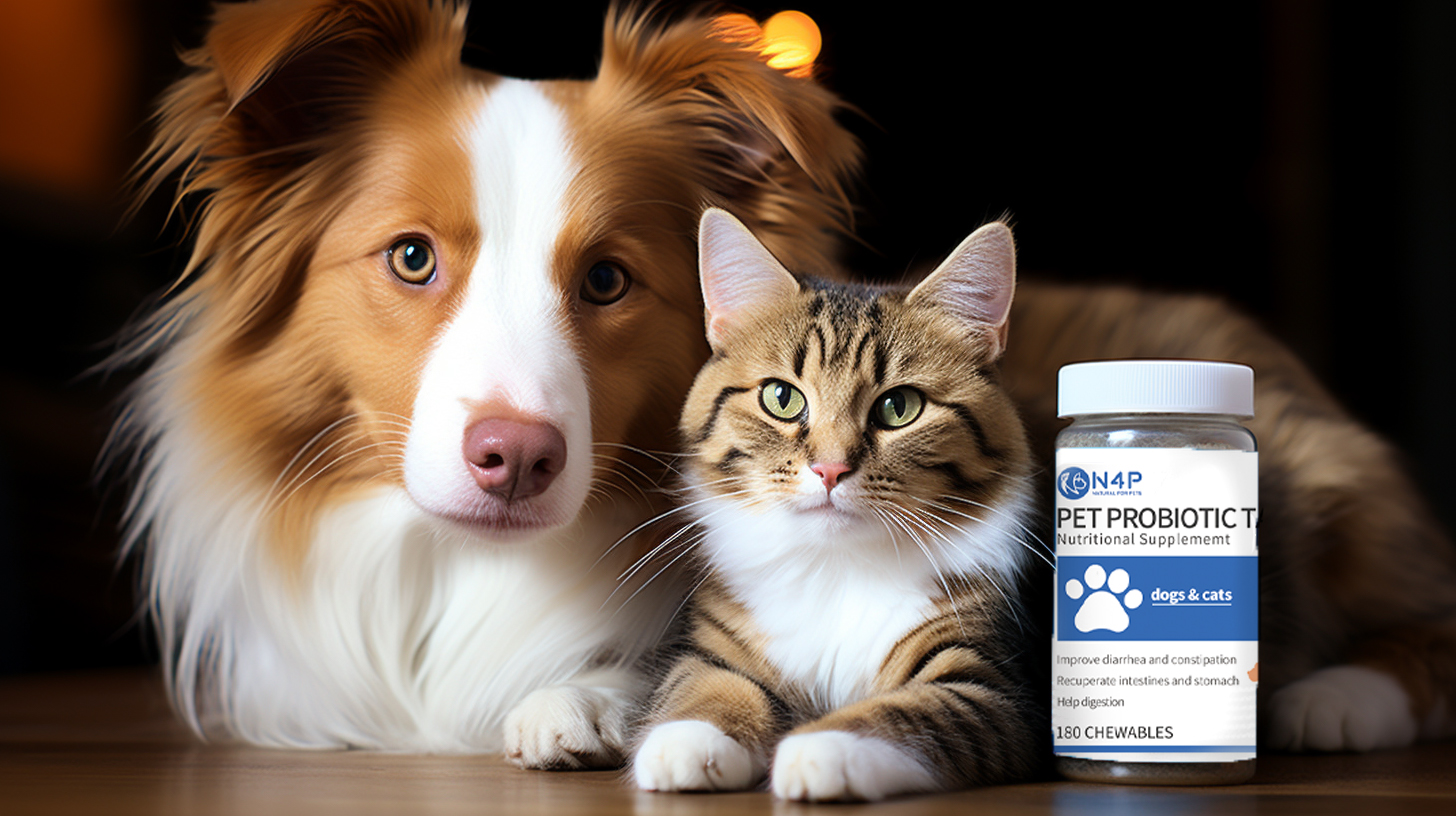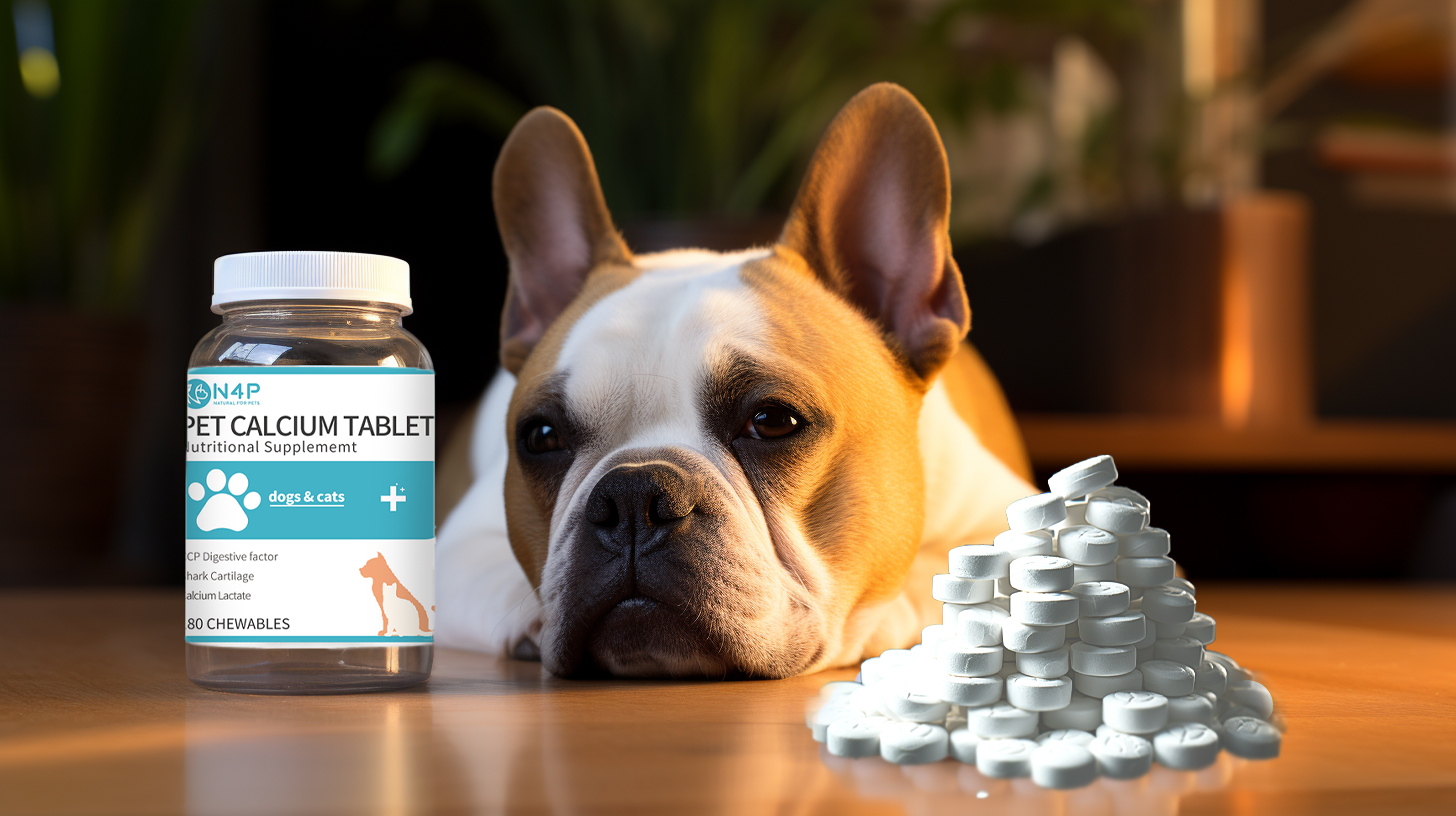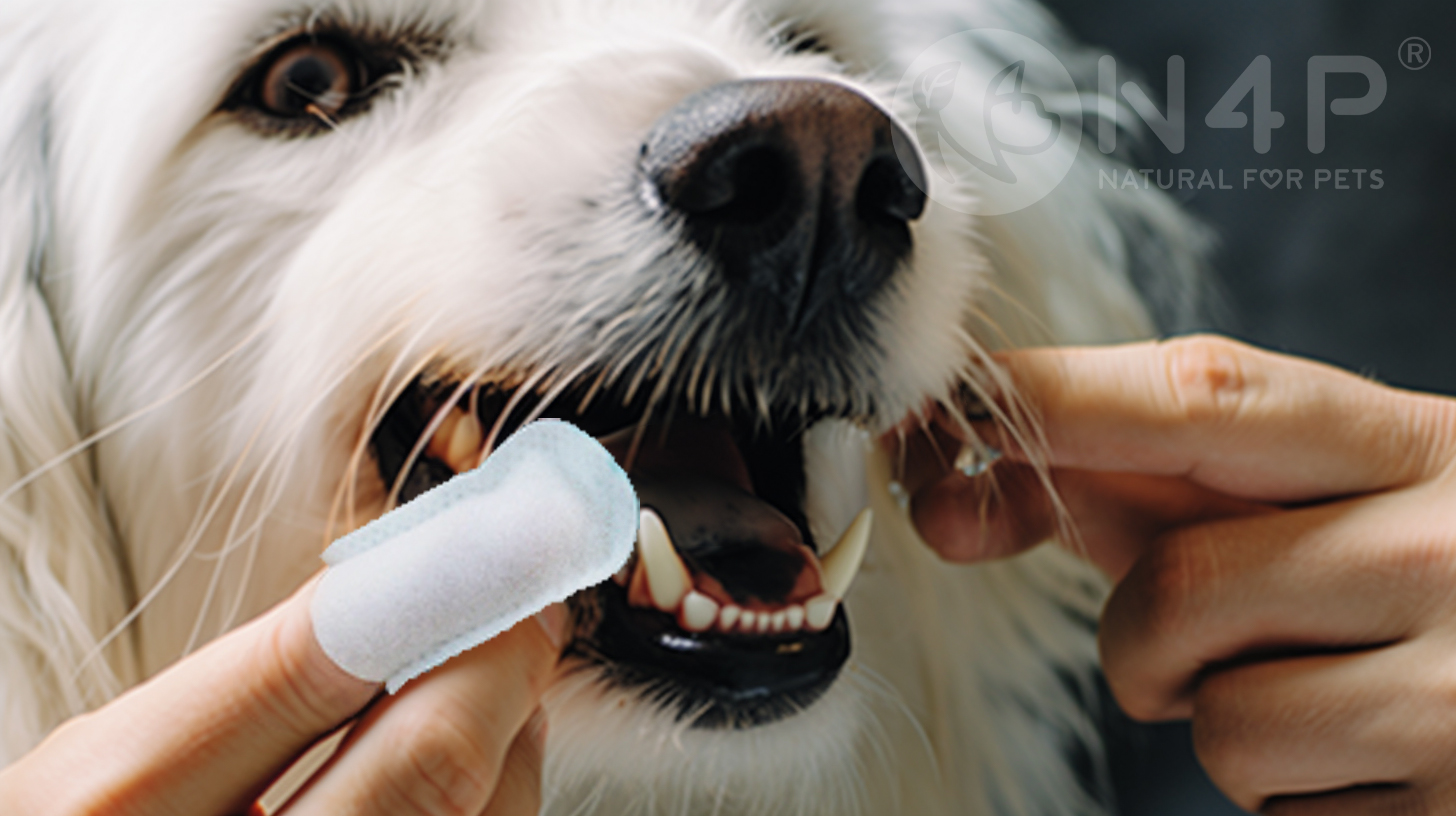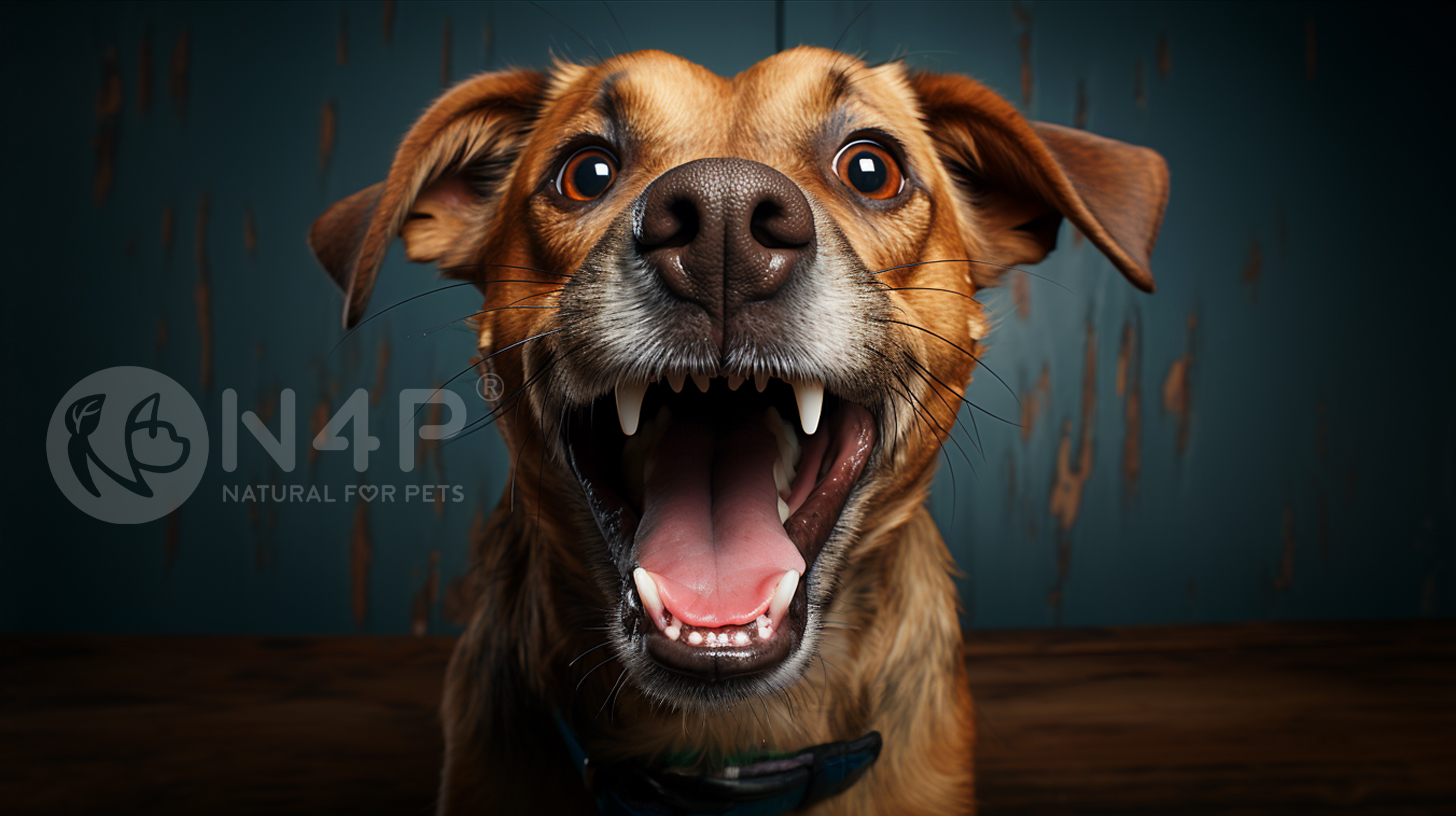What to Do If Another Dog Bites Your Dog
Whether your dog got himself into a fight or was attacked out of the blue, he will need prompt care. Learn how to check for damage, clean the wound, and assess the need for veterinary attention. ![]()
By Kate Eldredge Basedow, LVT August 24, 2020 Advertisement Pin FB More Tweet Email Send Text Message Print 
two dogs aggressively playing Credit: primeimages / Getty
Most dogs go through their lives without ever being involved in a real fight, but others are not so lucky. Maybe there was a disagreement over a toy at the dog park, or a loose dog went after yours while out on a walk. Whether your dog was the troublemaker or an innocent victim, here’s what to do if a dog bite occurs.
Check for Dog Bite Damage
It’s fairly common for dogs to snark at each other if one is being too rude, especially if the dogs are worked up about something or vying for the same resource. These minor scuffles often don’t leave any injuries. But if your dog is in a dust-up, you should still check him over carefully afterward and look for signs of a dog bite.
Part his hair and check the skin under areas that are wet from saliva. For dogs with long or thick coats, a brush or comb may be helpful to make a thorough and systematic examination. If the bite was just a warning nip or your dog has some evasion skills, there may just be a scrape from the other dog’s incisors (the small rows of teeth at the very front of the mouth).
The longer canine teeth can make deep punctures and potentially also tear the skin. If you find one puncture mark, always check for more, keeping in mind the size of the attacker. There will frequently be two punctures from the upper canine teeth fairly close together (the width of the dog’s muzzle), and then a matching pair on the opposite side of your dog’s limb or neck. The depth and number of punctures will vary depending on the size of the dog, the force of the bite, and the location of the bite.
Full-mouth bites where all of the dog’s teeth come into contact with skin are less common, but can be very severe when they do occur. All dogs have large carnassial teeth toward the back of the mouth that work great for cutting and shearing food. You have probably seen your dog turn his head to the side to use these teeth when chewing on a bone or other hard treat. When a dog bites down with full force and gets a good grip with the entire jaw, it can do a lot of damage. These bites will be hard to miss.
The ears and face are common locations for bite wounds, as well as the neck and legs. Dog bites to the ears will often bleed excessively, even if it’s just a small nick. Bites in areas with thicker fur can be more difficult to find, and you may not discover them until your dog calms down enough to lick at them or begins to limp from a leg wound.
Clean the Dog Bite Wound
When you find a wound, flush it with slightly soapy water. Gently running water is best if possible, or wet a washcloth and then squeeze the water out onto the bite. Sterile saline is another great option if you have it available. This will help flush any debris out of the wound, including bacteria that could cause infection.
Apply Pressure to the Bite Site
If the wound is actively bleeding, apply pressure with a clean cloth for several minutes to stop the blood flow. Ice wrapped in a cloth can be helpful if it’s available—the cold temperature causes the blood vessels to contract, lessening the amount of blood exiting the wound. Applying ice will also help combat inflammation and discomfort.
For small wounds, a bandage is usually unnecessary. Large wounds or ones that continue to bleed can benefit from a light bandage. Apply a sterile non-stick pad to the wound, and then wrap it with gauze and/or vet wrap to hold the pad in place. A small adhesive bandage like a Band-Aid may work for some very small nicks.
Call Your Vet
Unless the bite is truly just superficial (on the surface of the skin), your dog should be seen by your veterinarian after being bitten. Your dog’s veterinary team will be able to make sure the wound is totally clean, and your vet can prescribe antibiotics to prevent infection.
If you’re able to control the bleeding quickly at home and your dog seems otherwise okay, the appointment can be scheduled within regular business hours. Even if your vet doesn’t have any open appointment slots, they may be able to take your dog as a drop-off.
If the bleeding won’t stop, bone is exposed, an eye is involved, there is severe damage, or your dog is dazed or unconscious, he needs emergency care as soon as possible. If you are unsure about the urgency of your dog’s case, call and talk to the staff at the office so they can help talk you through it. Ask if you can text or email photos to help the staff determine whether your dog should be seen immediately or can wait for an appointment later in the day.
Dog Bite Treatment
At the hospital, the staff will get to work stopping any bleeding and stabilizing your dog if he is in shock. He may be given fluids to help with hydration and blood pressure. Depending on the extent of the wound, he may be sedated or put under anesthesia so the vet can further clean the wound and suture it closed.
When possible, bite wounds are often left open to heal on their own. Bacteria love moist, enclosed spaces, making a closed wound the perfect stage for an infection. Wounds on the feet and lower legs, however, are frequently bandaged to protect them during the initial healing process. Large wounds may also be bandaged. Bandages must be kept clean and dry, and may need to be changed frequently.
For large bites, your vet may put in place a drain that allows fluid to exit your dog’s body instead of building up in a pocket. Drains are messy, but it’s worth the hassle for a few days to prevent a bacteria-filled pocket from turning into an abscess. In some cases, the vet may need to debride (remove) damaged tissue a few days after the initial bite.
Dog Bite Antibiotics
Most dogs who have been bitten by another dog will be prescribed antibiotics to prevent infection. There is lots of bacteria in a dog’s mouth, and while most of these are harmless in their normal environment, a bite wound provides a great spot to start an infection.
Your veterinarian will likely start with a broad-spectrum antibiotic that’s effective against a wide range of pathogens. Follow the instructions on the label and give the entire course, even if your dog seems to be healing well. If your dog does develop an infection, or if he had been missing before you found him with the bite wound, your vet may send out a swab for a culture and sensitivity test to determine the best antibiotic to defeat your dog’s infection.
Hopefully, your dog’s rabies vaccination is already current (check those certificates!). If it’s overdue or is going to be due in the near future, your veterinarian will likely give him a booster shot to make sure he’s protected. This is especially important if you don’t know the vaccination status of the dog that bit your dog.
Working with Dogs in Pain
A tip: Whenever you are working with a dog that may be in pain, it’s wise to use a muzzle. Even the sweetest dog can bite if she is in pain. Muzzles are available at any pet supply store, and cloth or mesh muzzles are easy to store in a first aid kit. Practice putting the muzzle on your dog, using treats to reward her and make wearing it a positive experience. This will make it much easier to get the muzzle on in an emergency.
